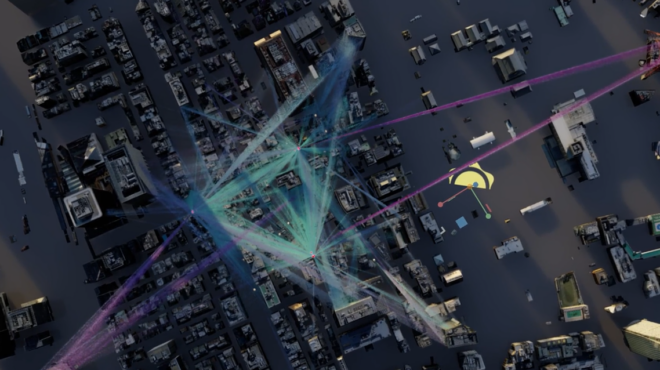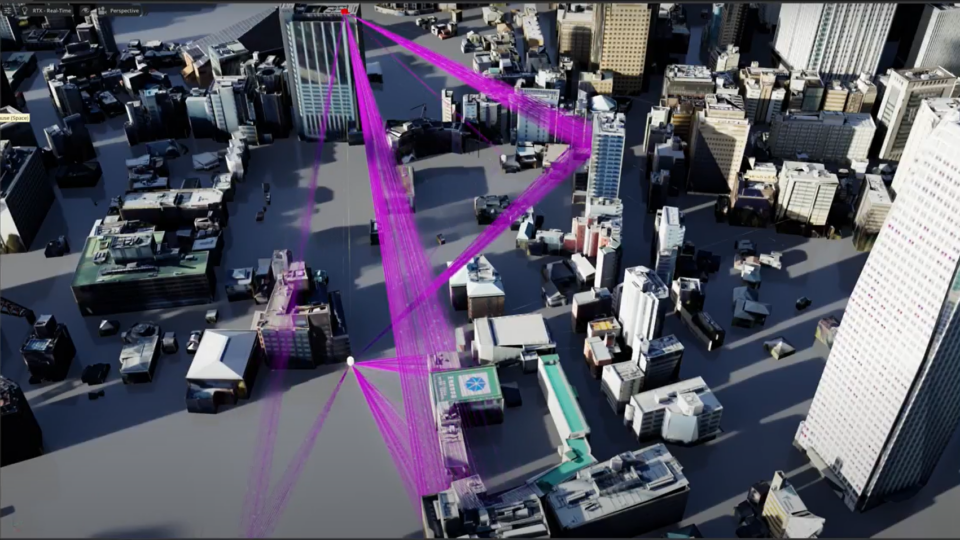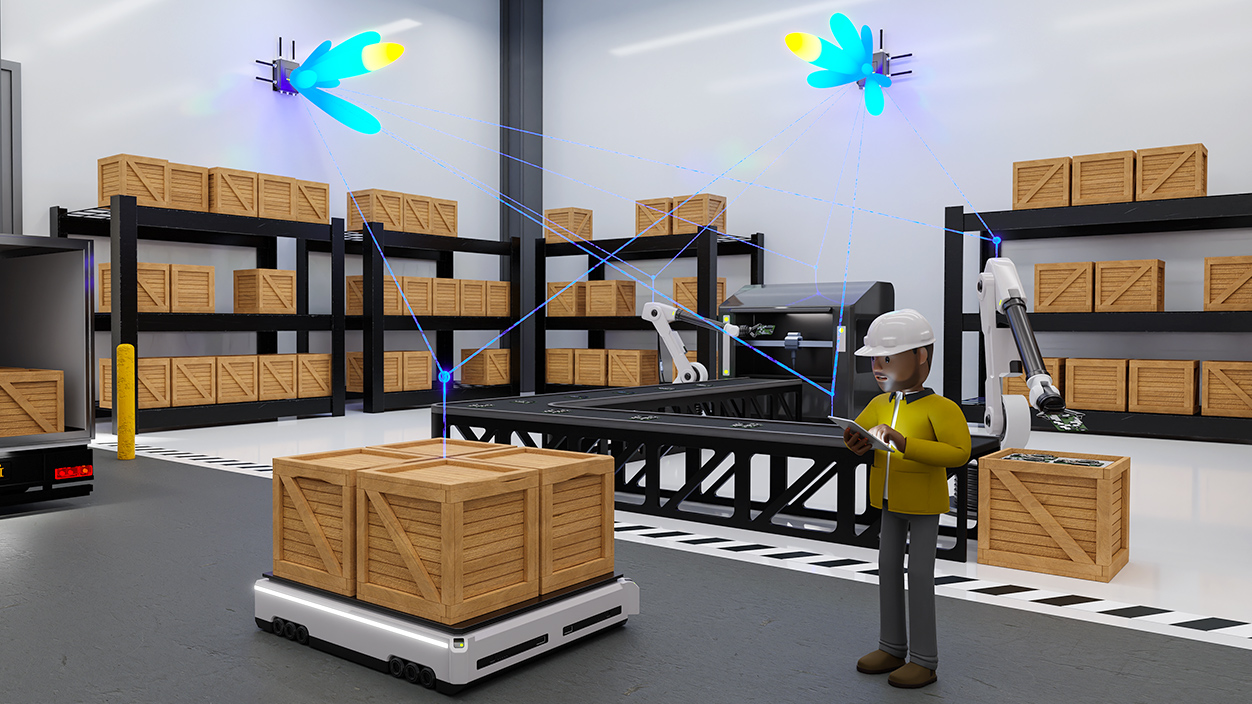Wireless communication research is rich with brilliant ideas and computational power. Yet, there’s a fundamental disconnect between what researchers can simulate and what they can build and test. Adjacent fields like machine learning (ML) have flourished with open frameworks and accelerated hardware. But many disruptive ideas never see the light of day due to the challenges of deployment in cellular infrastructure.
NVIDIA Sionna: Democratizing 6G research
NVIDIA recognized this barrier early and launched NVIDIA Sionna as an open-source library for 6G research, using GPU acceleration. Over 540 scientific publications now reference Sionna, with more than 200,000 downloads of the source code. Its success stems from openness with comprehensive documentation, textbook-quality tutorials, and trivial installation in Python:
pip install sionnaSionna made rapid prototyping accessible to researchers and developers, even those without a GPU. But simulation, however sophisticated, has limits. You can model channel conditions, but you can’t capture the full complexity of real-world radio frequency (RF) propagation, including hardware impairments, interference from adjacent cells, or the emergent behaviors of real-world network traffic. To innovate beyond invention, you need to deploy, test, and gather real-world data.
NVIDIA Sionna Research Kit: AI-native 6G lab-in-a-box
The Sionna Research Kit is a real-time, accelerated, fully open platform for wireless research and development. It runs on the NVIDIA DGX Spark and is built on the OpenAirInterface (OAI), providing a complete base station using software-defined radio (SDR) and 5G core network that operates in real-time.
Get your DGX Spark ready, you’re five steps away from running your first simulation:
git clone https://github.com/NVlabs/sionna-rk.git && cd sionna-rk
make prepare-system
sudo reboot
make sionna-rk
./scripts/start_system.sh rfsim_arm64 The Sionna Research Kit isn’t just another testbed—it’s an open platform that enables you to accelerate AI, ML, signal processing algorithms, and ray tracing on a unified memory architecture. No fixed-function accelerators are used. You can inspect the complete telecommunications software stack, modify, and accelerate across layers.
From physical layer processing to MAC scheduling to core network routing, the entire system is open for experimentation, including RAN Intelligent Controllers (RIC). Think of it as the wireless equivalent of having full root access to your infrastructure.

Explore the Sionna Research Kit tutorials
Even the largest projects begin with a single line of code, which often is the hardest. The Sionna Research Kit comes with a set of comprehensive tutorials, offering these first lines as blueprints for your own innovations.
You’ll learn how the physical layer can be accelerated using GPU-accelerated LDPC decoding. The real-world data acquisition tutorial shows how to capture and record real-world 5G signals using the Sionna Research Kit. Next, the Integration of a Neural Demapper tutorial covers training of a neural network-based demapper and integrates it into the 5G stack using NVIDIA TensorRT for real-time inference. Finally, the Software-defined End-to-End 5G Network tutorial enables you to simulate the entire end-to-end system using software-defined user equipment (UE) for the exploration of novel, non-standard-compliant algorithms and protocols.
Digital twin network in real time
Figure 2 shows what you can realize on a single DGX Spark. We deploy a complete base station, but instead of radiating over-the-air (which would require spectrum licenses), we feed the signal into a GPU-accelerated channel emulation driven by real-time ray tracing. The NVIDIA RT Cores compute physically accurate channel impulse responses in realistic 3D environments. NVIDIA CUDA Cores apply these to the baseband signal while also handling LDPC decoding. In addition, NVIDIA Tensor Cores accelerate the PUSCH neural receiver, and its performance is then evaluated.
A commercial 5G modem connects through cable, experiencing channels physically faithful to real-world RF environments. The entire pipeline uses unified system memory, which avoids unnecessary data movement. An xApp running on a near-real-time RIC monitors live performance metrics as virtual users move through the ray-traced scene. You get a complete interactive digital twin of an RF environment—it’s a 6G lab in a box, with every component of the DGX Spark architecture doing exactly what it’s designed for.

Scaling up: Large-scale radio maps
What you develop on a single DGX Spark is ready to scale to the NVIDIA DGX Cloud with the same code and ray tracing engine, but with orders of magnitude more compute. A single DGX Spark can generate detailed radio maps of a town with hundreds of base stations in seconds, making real-time network planning possible for local deployments.
When you need continental-scale coverage, the cloud takes over. We simulated 5G coverage across the continental US in under five minutes by tracing more than 35 trillion rays on 96 NVIDIA L40S GPUs (see Figure 3). This is a fundamental shift in how wireless networks can be planned and optimized, as operators can evaluate new spectrum allocations, model millimeter-wave deployments in dense urban environments, and integrate non-terrestrial networks (satellite and high-altitude platforms) into existing infrastructure with physics-based accuracy rather than statistical approximations.
Simulating compact environments in real-time on a single DGX Spark and scaling up to simulate entire countries efficiently redefines what’s possible for deploying the next generation of wireless networks.

Attribution: Google Maps (GEBCO – Landsat / Copernicus, Vexcel Imaging US, Inc., IBCAO, Landsat / Copernicus – Airbus, LDEO-Columbia, NGA, NOAA, NSF, SIO, U.S. Navy), Cesium Ion, OpenStreetMap, Mapzen, OpenCelliD.
Learn more
Visit NVlabs/sionna-rk on GitHub and check out the tutorials. The Sionna Research Kit is part of the NVIDIA AI Aerial portfolio, which includes various accelerated computing platforms, software libraries, and tools—enabling developers to build, train, simulate, and deploy AI-native RAN systems—and move from prototyping to production faster.









